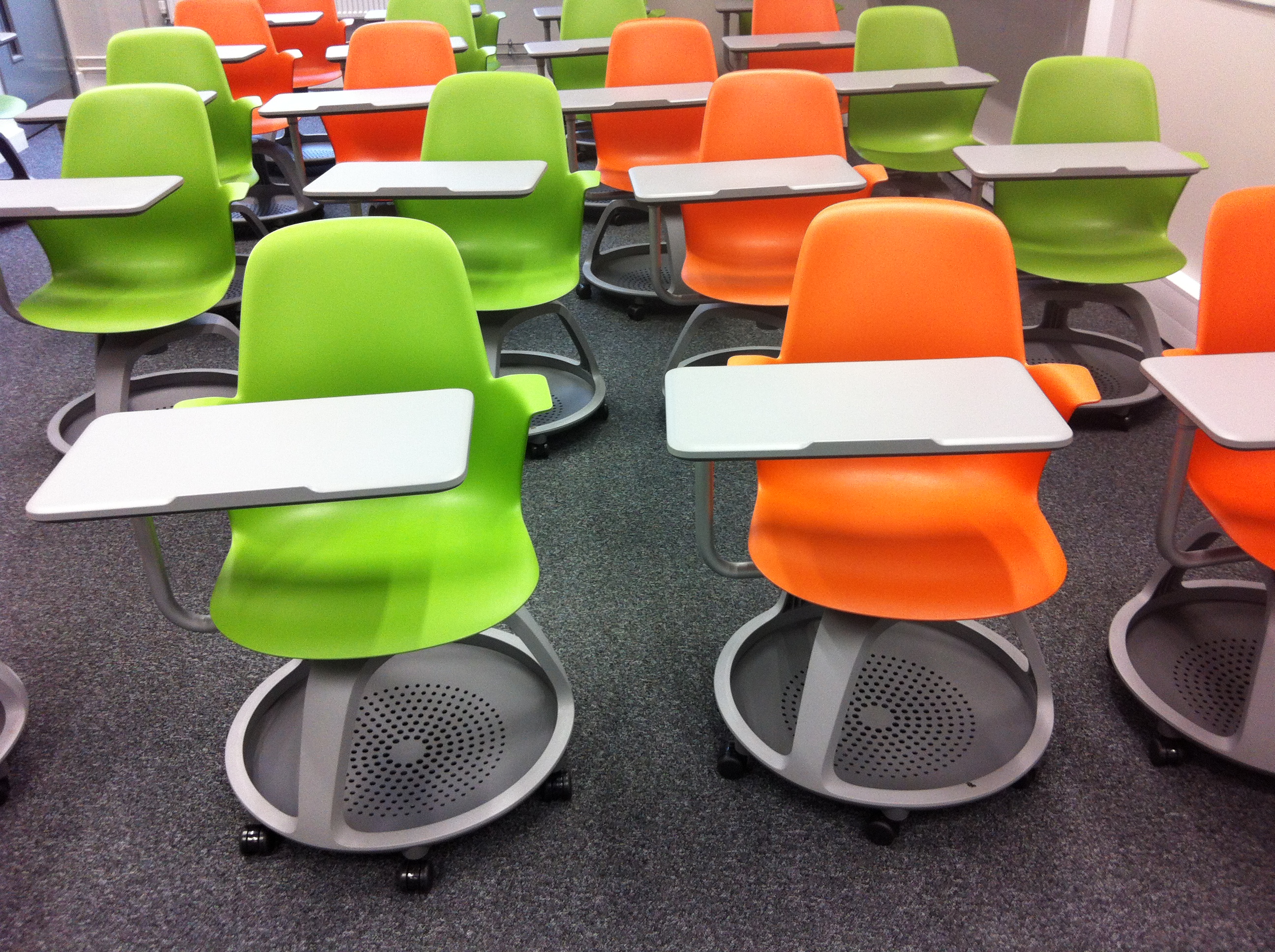Finding the Balance

As a student in K to 12 it seems all we get done in any given year is testing. Students feel overwhelmed by the over testing of standardized tests that goes on in our schools today. Teachers and school do need to collect data to see where their students are but I think the current state of affairs is too heavy for children. Some school districts even test their students multiple times a year with standardized tests. My belief is that we should test children to see if they understand the material but only when it is absolutely necessary.
I really like assessing students in a very casual way such as using formative assessments. Asking a question to the class while going through a lecture or asking a student to solve a problem on the board, are great ways to gage how the class as a whole are understanding the material. On the other hand, there are times when a teacher needs to use chapter tests, or summative assessment, to see where the students are. This helps the teacher see over a chunk of time how well the students are doing in a given area of study.
In our lecture video this week we were introduced to two tools teachers can use as a formative assessment in the classroom, PearDeck and EduCanon. PearDeck allows the teacher to ask questions and the students are able to answer in real time. With this site the students are able to place their dot where they please and they are able to write in responses to help spark discussion in the classroom. EduCanon in the same way allows the teacher to survey the class. The teacher asks the class a question verbally and the students are able to pick "thumbs up" or "thumbs down." I think both of these tools are a really great thing to use in the classroom. These are great ways to keep the students involved in the class discussion.
Throughout Scott's lecture, I found many things interesting. The main thing that stood out to me is the fact that there are technologies such as these two in which a teacher can use to get feedback from her students. From this lecture I also got that assessments shouldn't be something students always fear; but instead they should have fun with these tools and the students should feel as though they are learning and they are challenged but in a good productive way.



